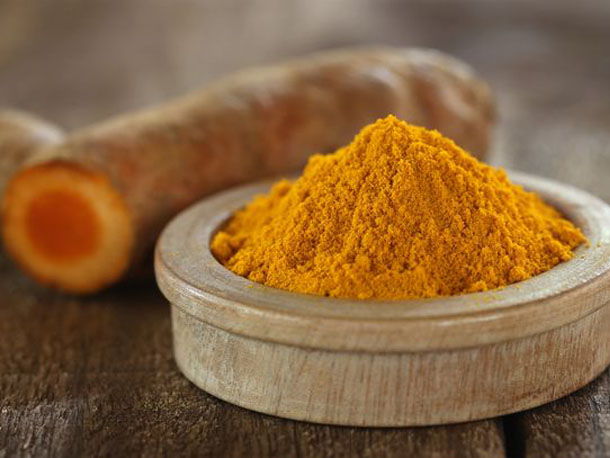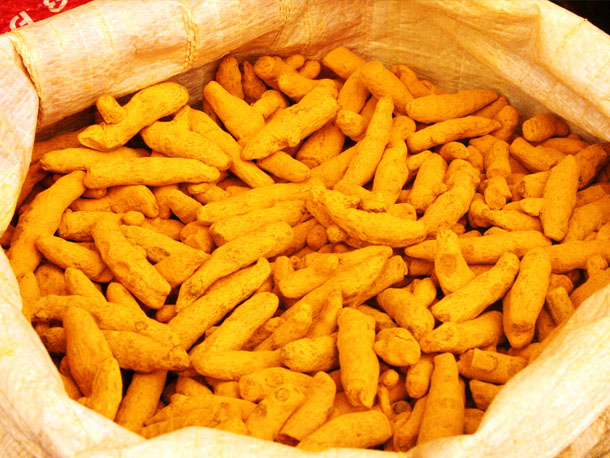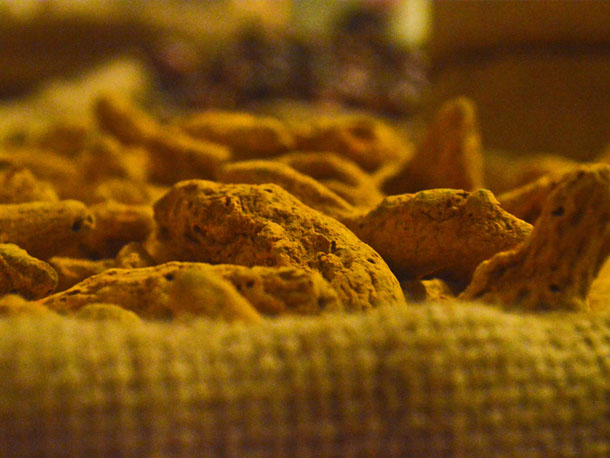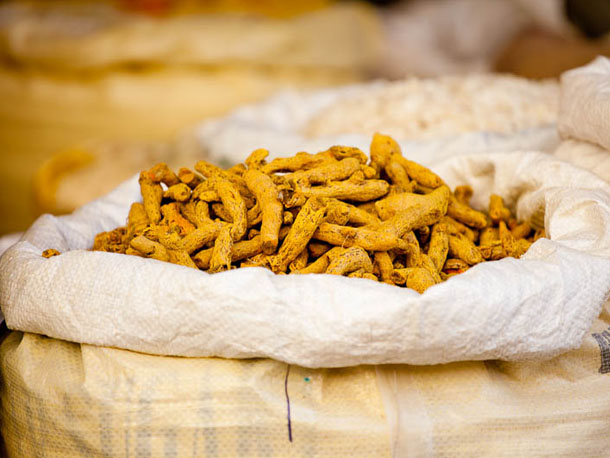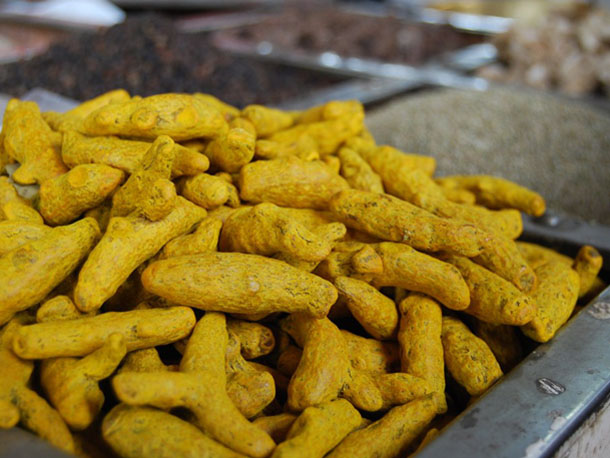Analysis: Indian turmeric sees strong export demand

Indian spices have been able to record strong export gains over the past five years, registering a compound annual growth rate in value of 14% in rupee terms and 5% in US dollar terms – even though the quantities exported have not shown commensurate increase.
Turmeric has had a stellar role to play in these gains. Strong export demand in recent weeks has seen Indian turmeric maintain the sterling performance it mounted during fiscal 2015/16, when it was the third largest item in the spices basket in terms of quantity, and sixth largest in terms of value realisation.
As much as 88,500 tonnes of turmeric, which is endemic in all Indian cooking and witnesses heavy domestic use, was exported during the 12 months ending March 31, 2016. It produced value of INR9.22 billion (USD141 million), out of the country’s total spice exports of 843,255 tonnes worth INR162.38 billion (USD2.48 bln).
Only chillies (347,500 tonnes) and cumin (98,700 tonnes) exceeded the contribution of turmeric in terms of quantity, while the yellow spice came in sixth behind chillies, mint products (including menthol, menthol crystals and mint oils), spice oils and oleoresins, pepper and cumin in terms of value realisation.
The 2015/16 export performance of turmeric was virtually on par with its showing in 2012/13, when 88,513 tonnes had left the country’s shores. Exports had subsequently dwindled to 77,500 tonnes in 2013/14, which had been a bad year for the spice, but had picked up again to 86,000 tonnes in 2014/15.
India is the largest producer and exporter of turmeric (curcuma longa), and accounts for nearly 80% of the global production. The spice is cultivated on over 150,000 hectares in at least eight large states. The southern states of Andhra Pradesh, Telangana, Tamil Nadu and Karnataka are the major turmeric producers, contributing nearly 70% per cent of the total production in the country, followed by Maharashtra, Odisha, West Bengal and Kerala.
The estimated consumption of the spice domestically is about 100 mg per capita, amounting to around 480,000 tonnes per annum. However, turmeric farmers have been facing trouble with stagnation in yields and inadequate market price.
The huge local demand for turmeric has forced India to buttress domestic stocks by importing the spice, mainly from Myanmar, Ethiopia and Vietnam. In the first half of fiscal 2016/17, the country imported 10,139 tonnes of turmeric, 26% more than in the April to September period of the previous year. In fact, turmeric imports have increased by more than 110% in the two years from 2013/14 to 2015/16.
Prices
Prices of the commodity have been on a roller-coaster ride since late-2015. After touching a five-year high in January 2016, domestic prices slipped about 20% during the same month, and continued to be under pressure due to the arrival of the new crop.
Despite the weather disturbances and reports of lower production, prices followed a seasonal trend. They improved in February on good demand for quality turmeric from industrial buyers and stockists. Between March and May, which is the peak arrival season, prices tend to consolidate or rise, depending on export and upcountry demand, and continue to move up after June as arrivals start to decline, and the monsoon sets in.
“Steady imports throughout the first six months of the year kept stocks higher in the domestic market,” said Naveen Mathur, associate director – Commodities & Currencies Business, Equity Research & Advisory with Angel Broking. “Shipments have also grown during the same period due to arrival of good quality turmeric and declining prices. The forecast of an above-normal monsoon also weighed on the prices.”
Bountiful rains this year, compared to the drought that pervaded turmeric growing states last year, have induced a rise in the acreage under the spice by an estimated 8% over 2015/16. In Telangana alone, the acreage under turmeric was up by 12%, raising prospects of a bumper crop this year.
New variety
There is other good news for Indian turmeric farmers. A new variety named CIM-Pitamber has been made available for commercial cultivation. The CIM-Pitamber is tolerant to the common leaf botch disease, affecting the turmeric crop, and holds much promise for a large number of traditional Indian homes where turmeric is not just a popular spice, but also a valuable first aid cum medical ingredient to tackle a range of problems as an anti-inflammatory, anti-cancer, anti-oxidant and anti-microbial agent.
Scientists at the Lucknow-based Central Institute for Medicinal and Aromatic Plants (CSIR-CIMAP) conducted extensive research for eight years to identify and finally develop the high-yielding variety. An average yield of 50 tonnes of rhizomes per hectare, containing more than 10% curcuminoids has been demonstrated in multi-centre field trials.
One of the super yielding varieties with expected production of 60-65 tonnes of rhizomes/ha also contains more than 12.5% curcuminoids. The general duration of the crop is 180-190 days; and the variety will be able to produce rhizomes, with 90% more curcuminoids and yields, more than double the existing varieties, including IISR Pratibha, now grown in North Indian plains. This will enable the farmers to double their yields and also significantly raise their income.
Trade sources expect India’s 2016/17 turmeric production to cross 1.1 mln tonnes, compared to 800,000 tonnes during the last two years. The expectation of a record harvest has induced higher arrivals (70% more than last year) in domestic markets, while steady import of turmeric by industrial buyers has hurt local market prices.
“Only medium and low quality turmeric has arrived for sale in recent weeks, and has fetched lower rates,” said Erode-based trader RKV Ravishankar. “Because of the drastic fall in price, many turmeric growers have brought in limited stocks of medium and poor quality.
“Buyers have quoted reduced price for finger turmeric, while some traders have quoted higher price for the root variety. The few bags of fine varieties that arrived were snapped up by buyers for their local use. Meanwhile, traders are still waiting for North Indian orders, and the price may drop further due to the poor quality.”
Demonetisation
The demonetisation of high-value notes of INR500 and INR1000 from November 9 also extracted a heavy toll of the business, while the famous Erode mandi (market), which is at the heart of the country’s turmeric trade, observed a two-day closure due to the death of Tamil Nadu Chief Minister Jayaram Jayalalitha.
By mid-November, turmeric farmers had begun demanding cash in the form of the scarce INR100 notes or the newly introduced INR2,000 notes; and traders could not fulfil their demand. The Regulated Marketing Committee began insisting on cheque payment, a step that was summarily rejected by traders and farmers.
A stalemate ensued in the selling and buying of selling. APMC officials at Gadag in North Karnataka said the volumes of arrivals had taken a hit due to the prevailing liquidity crunch.
“Transactions at most APMCs take place mainly in cash, and very few employ cheques,” said Hareshbhai Dave, chairman of Mahuva market yard in Bhavnagar district in Gujarat.
“While some farmers accepted payment through cheque, several others decided to defer their realisations. Some farmers, who were not happy with the prevailing market rates, left their produce with commission agents in anticipation of better prices. There were fears of a lengthy yard closure if the liquidity situation failed to improve.”
Indeed, fears of a lengthy closure of the Erode mandi were proved to be justified as the market remained closed for 13 days from November 9, in the wake of the demonetisation. Since its re-opening on November 21, prices have been going up, riding a wave of “cashless transactions.”
Going forward
“For the Christmas and New Year season, turmeric futures prices are expected to continue to trade on a positive note, tracking higher buying activity in the spot market due to more upcountry orders and strong export demand,” said Veeresh Hiremath, Head of Commodity Research at Karvy Comtrade.
The downtrend that has been in place since December 2015 appears to have ended, and the short-term trend is up, and a rise to INR7,700 per quintal levels appears well within the bounds of possibility. The short-term outlook would turn negative only on a sharp fall below the INR7,100 level.
“The key resistance is at INR7,700, which has to be breached to confirm that the downtrend has ended,” said Hiremath. “Such a break can take the turmeric futures contract higher to INR8,100 over the medium-term. On the other hand, if the contract fails to break above INR7,700 and reverses lower, a corrective fall to INR7,000 is possible.”

